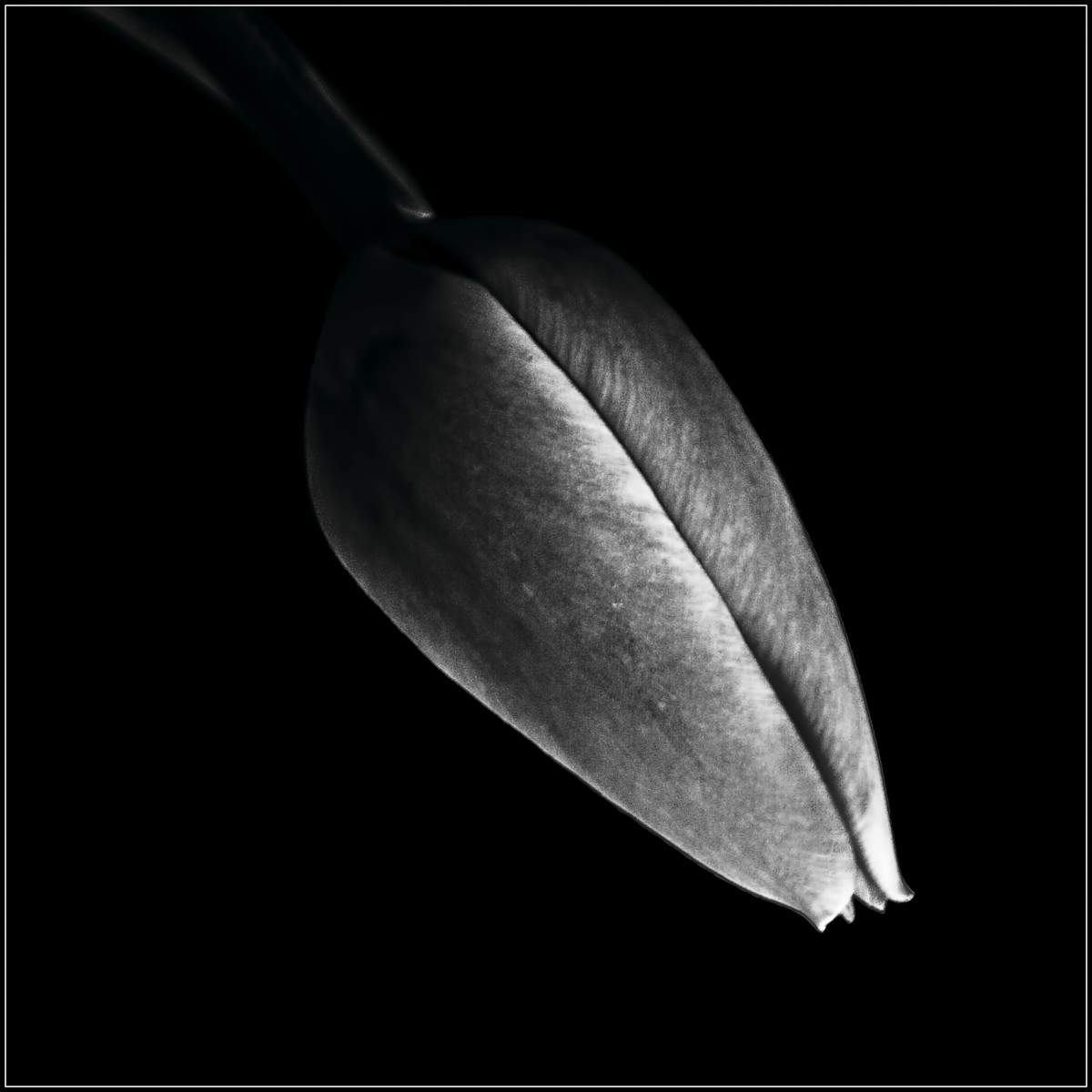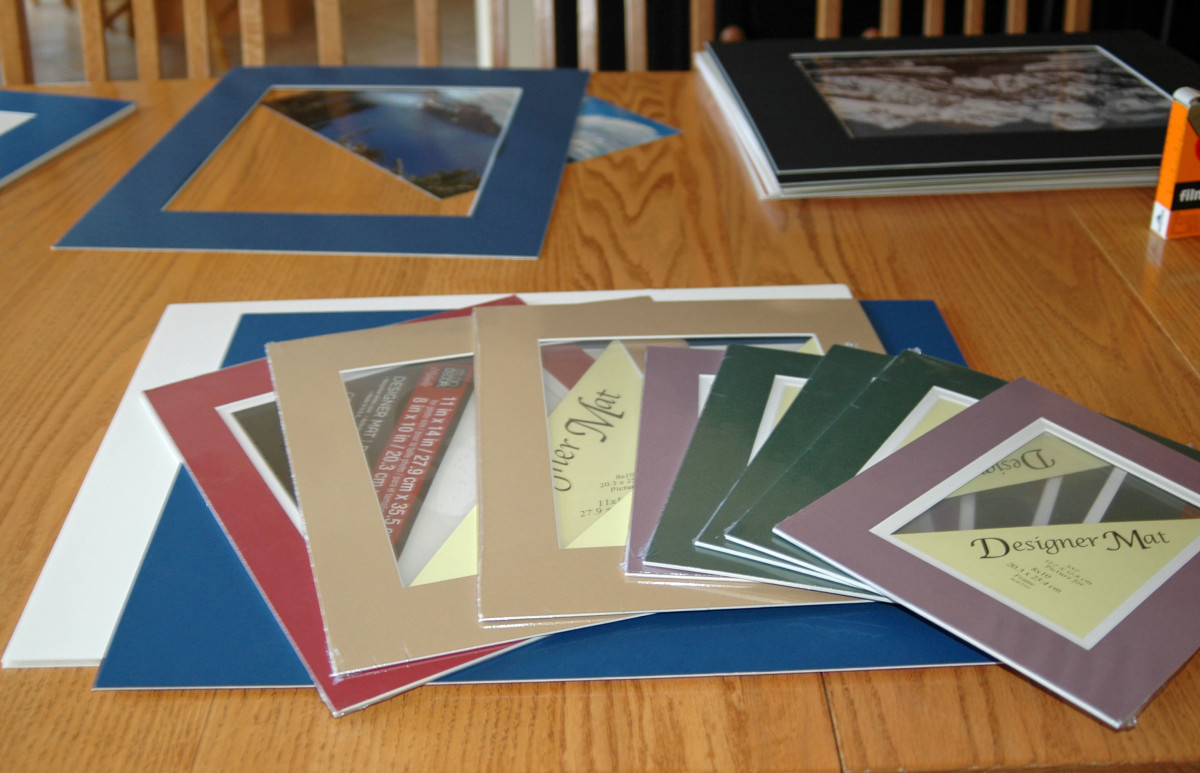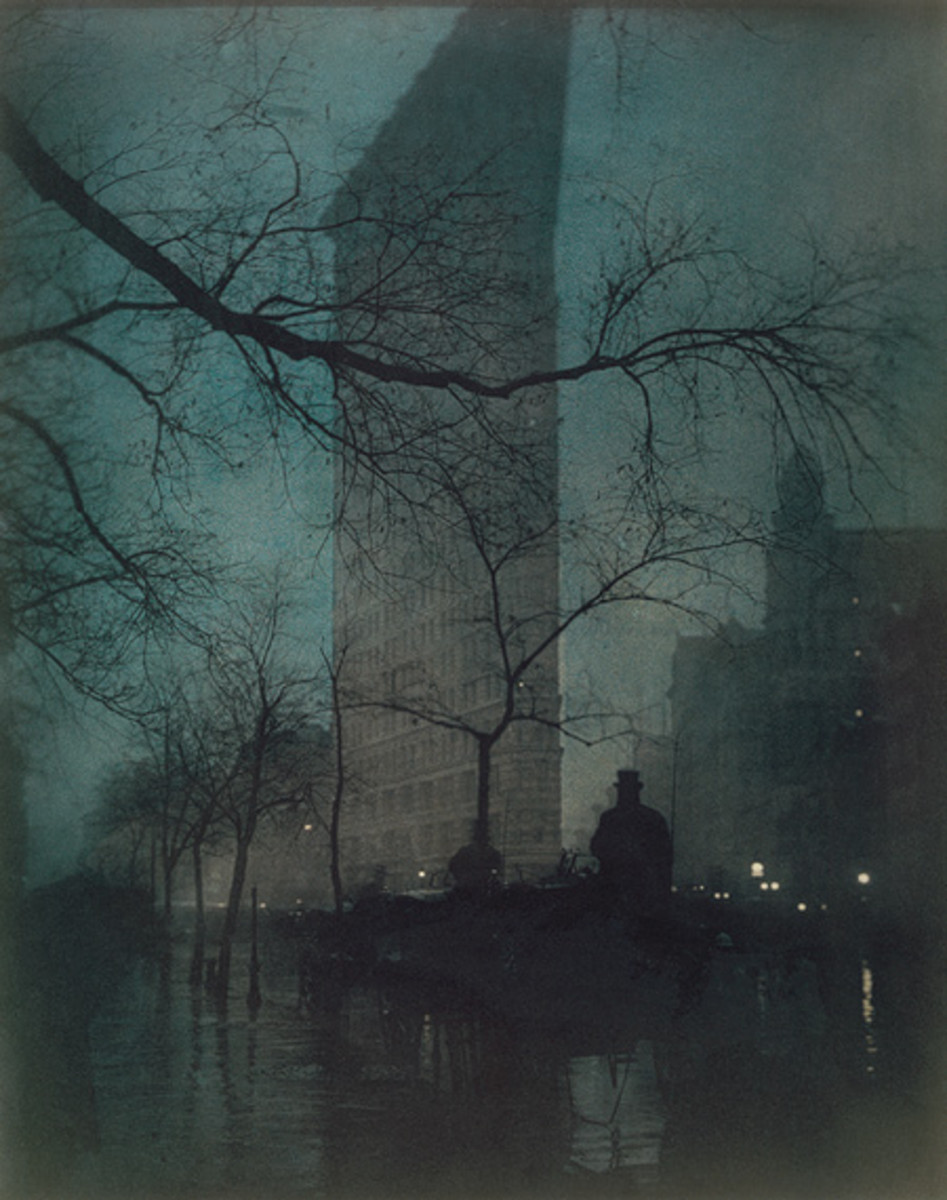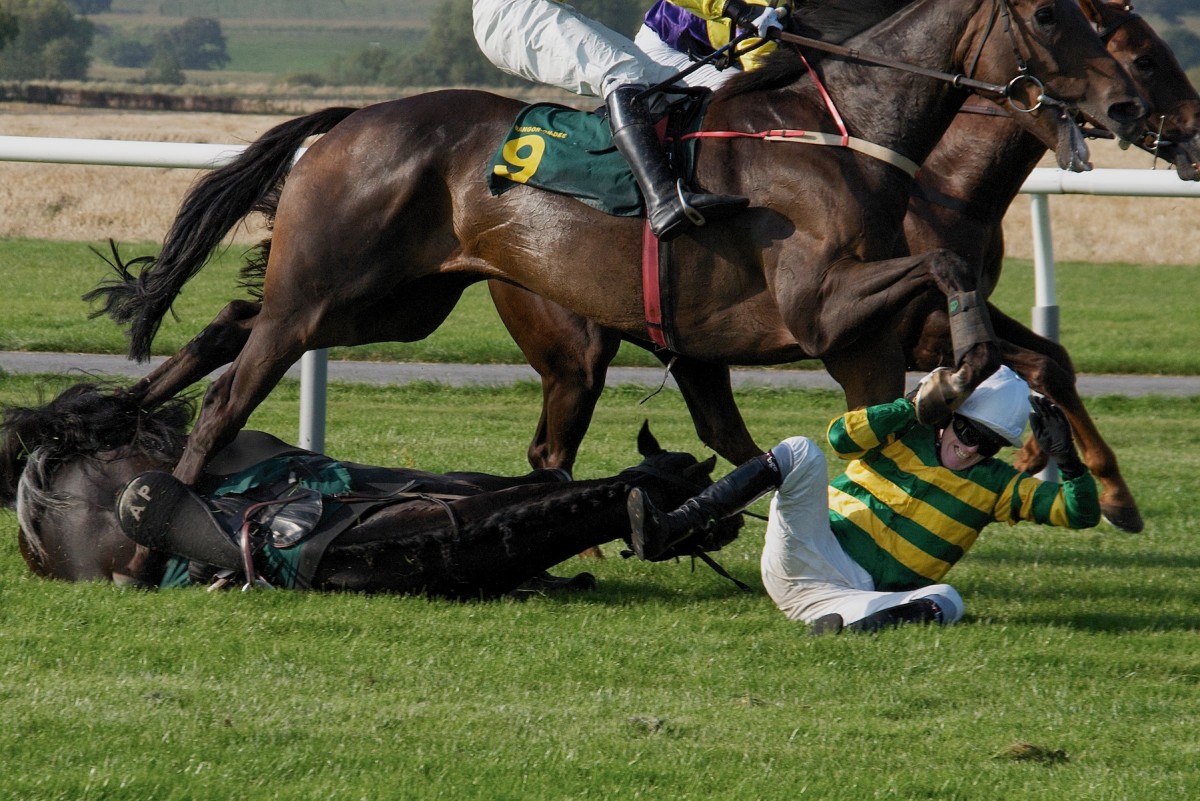- HubPages»
- Arts and Design»
- Photography»
- Photography Instruction & How-Tos
How Cropping Can Alter Your Photograph and Make it Better
Where You Should Start
If you are interested in photography, it is easy to get discouraged right off the bat. People tend to think that it’s only possible to get into it if you are able to churn out amazing photographs every time you get a hold of the camera. Having expensive, high-end equipment is also erroneously stipulated as a necessity. While having a pricey, full-frame DSLR certainly helps, it is not essential, especially if you are a beginner and/or strapped for cash, and it won’t magically transform you into Ansel Adams. Staring off with a cheap compact might actually turn out to be a blessing in disguise, as it requires for a photographer to work around the limitations set by his or her equipment in order to craft an aesthetically pleasing photograph.
Having a firm grasp on the basic principles of photography is something that should be a starting point for everyone, and it’s easy to find the right literature and an abundance of useful advice on photography by scavenging the Internet. In all likelihood, it won’t cost you a thing, and it will give you the foundation to build upon. Also, you might want think about developing your photo-editing skills. Now, granted, there will be purists among you that might say that photo-editing software is just a crutch for bad photographers to mask their lack of skill, but that could not be farther from the truth. Every photograph out there undergoes some kind of editing, even if it is something basic like adjusting the contrast or cropping the image.
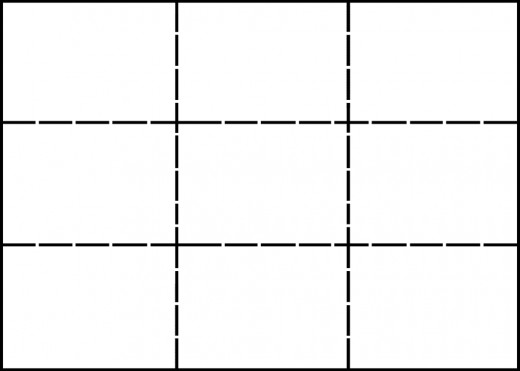
The Rule of Thirds
Among the most important principles of photographic composition you should learn is the rule of thirds. The rule of thirds requires us to imagine the image divided into 9 equal sections by two parallel, equidistant horizontal lines, and two parallel, equidistant vertical lines, The elements in the photo should be placed along those lines or on their intersections. Following this guideline makes for a more dynamic and balanced image, as opposed to putting the subject in the center of the photograph.
Change the Composition by Cropping the Image
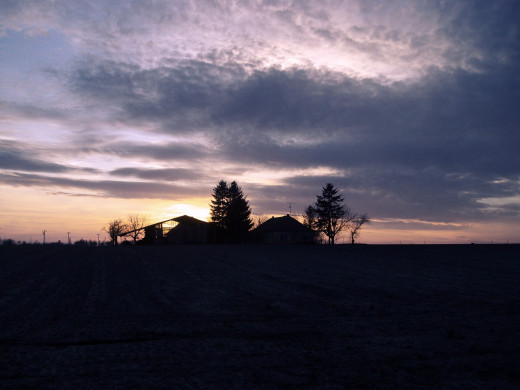
If we take a look at the image above, we will see that it is, well, quite unremarkable and boring. Analyzing it based on the rule of thirds principle just confirms that. But, while you can’t change the placement of the elements in the photo or the angle the shot was taken at, you can alter the composition to follow the rule of thirds by cropping the image. Modern digital cameras should pack enough megapixels for you to be able to crop the image without much loss to the image quality. In case you are a beginner, you might be better off with a more stripped down, simple-to-use cropping software without one million different features you don’t need.
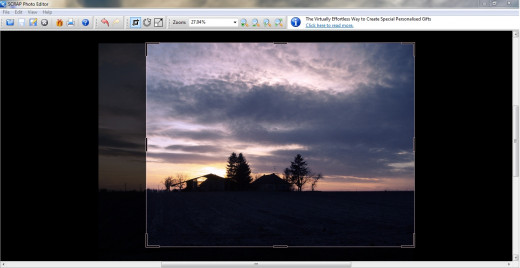
Once the image is loaded into the editor, you can crop until you have aligned the elements in the photo with the lines and the intersections. It doesn’t have to be perfect, close proximity will do just fine. On the cropped image, the horizon falls on one of the lines, along with the farm house and the barn. One of the trees is at the intersection of two lines, which also falls within the rule of thirds. Overall, the final image is better balanced, and more interesting to look at.
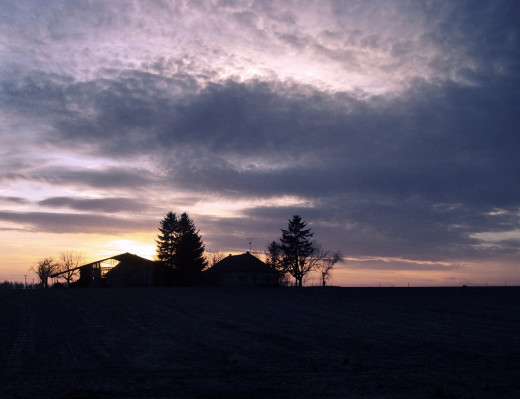
Now, you might see a lot of photographers cringing at the very idea of cropping the image to achieve the desired composition. While that stance has its merits, mostly because it forces you to think about the image composition before taking the actual shot and stops you from becoming overly reliant on software alone, cropping is has its place. As you have seen, the finished photo was already there to begin with, you just needed to bring it to the front. Hope you find this advice helpful and use it to create memorable and visually striking images.
© 2014 Zoran Krdzic


